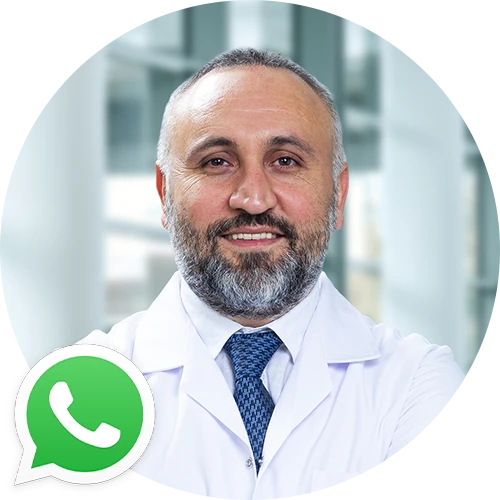OBESITY SURGERY
Diabetes Surgery
Diabetes Surgery Operation Details Istanbul Turkey |
||
|---|---|---|
Click Here For More Information |
||
What Is Diabetes Surgery?
NEED HELP?
For all your questions, Dr. You can reach us 24/7 on the HE Support Line.
Quick Appointment
How Is Diabetes Surgery Performed?
The patient who will undergo diabetes surgery will first be given sedation-effective drugs accompanied by anesthetic drugs, ensuring that he does not suffer all possible pain during and within a few hours after the operation. A total of five cuts are then made to the abdomen. The operation is carried out by lowering the necessary endoscopic camera and other instruments from these cuts. The sizes of the cuts are also different. Cuts that are at least 0.5 mm, as well as cuts that reach up to 2 cm in size, are also available to serve purposes such as removing the cut part of the stomach, etc. During this operation, also called laparoscopic, that is, closed surgery method, there is no need to cut the entire abdominal area, that is, open surgery. Because it is a closed operation, recovery after surgery occurs quite quickly and the scar of the operation remains at minimum rates.
After the cuts are removed during diabetes surgery, the procedure is performed to prepare for the main stage by inflating the abdominal cavity using carbon dioxide. Starting from an average distance of 6 cm from the exit area of the stomach, about 70% of the stomach is cut and taken out of the body. This method, in which the stomach is cut vertically, is somewhat similar to tube stomach surgery. Then, starting from the junction point of the small intestine and large intestine, moving backwards, the 1-meter bowel measure is marked. From this marked area, a 1.5-meter piece of the intestine is also marked. In total, the 2.5-meter intestine is divided into two separate parts. The end part of the small intestine, which is separated and remains on the lower side, and the exit area of the cut stomach are combined and the connection is completed. The end part of the intestine, which is cut after 2.5 meters, is attached to the other end of the intestine and connected.
That way, the operation ends. Thanks to this operation, the nutrients consumed reach the intestines using two separate channels. The first path is the normal path, while the other path is the path opened by surgical intervention. 3/1 of the nutrients consumed will pass through the normal channel, and the remaining 3/2 will pass through the new way into the intestines. The hormone GLP-1 is secreted in the 2.5-meter traded channel. This triggers the secretion of insulin in the hormone. In this way, insulin production is activated and the fight against diabetes is started. In the long term, up to 95% of diabetes will be corrected. In the short term, you will see and feel that your diabetes levels are stabilizing rapidly.
Diabetes Surgery Before & After Gallery
[sp_wpcarousel id=”30044″]
QUALITY CERTIFICATES














